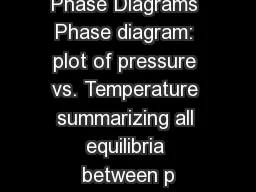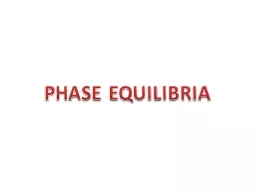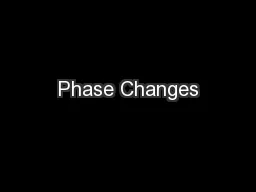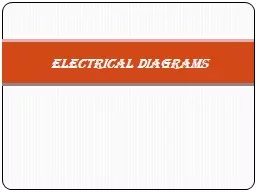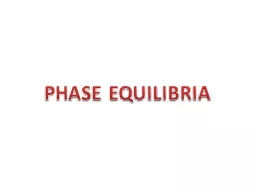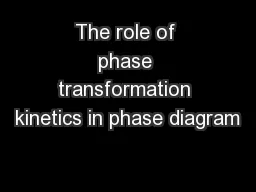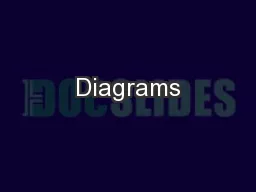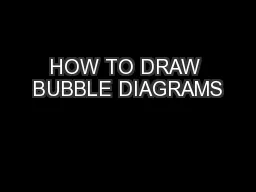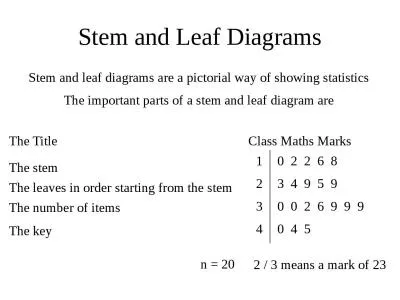PPT-Phase Diagrams Phase diagram: plot of pressure vs. Temperature summarizing all equilibria
Author : kittie-lecroy | Published Date : 2018-09-30
Given a temperature and pressure phase diagrams tell us which phase will exist Features of a phase diagram Triple point temperature and pressure at which all three
Presentation Embed Code
Download Presentation
Download Presentation The PPT/PDF document "Phase Diagrams Phase diagram: plot of pr..." is the property of its rightful owner. Permission is granted to download and print the materials on this website for personal, non-commercial use only, and to display it on your personal computer provided you do not modify the materials and that you retain all copyright notices contained in the materials. By downloading content from our website, you accept the terms of this agreement.
Phase Diagrams Phase diagram: plot of pressure vs. Temperature summarizing all equilibria: Transcript
Download Rules Of Document
"Phase Diagrams Phase diagram: plot of pressure vs. Temperature summarizing all equilibria"The content belongs to its owner. You may download and print it for personal use, without modification, and keep all copyright notices. By downloading, you agree to these terms.
Related Documents

